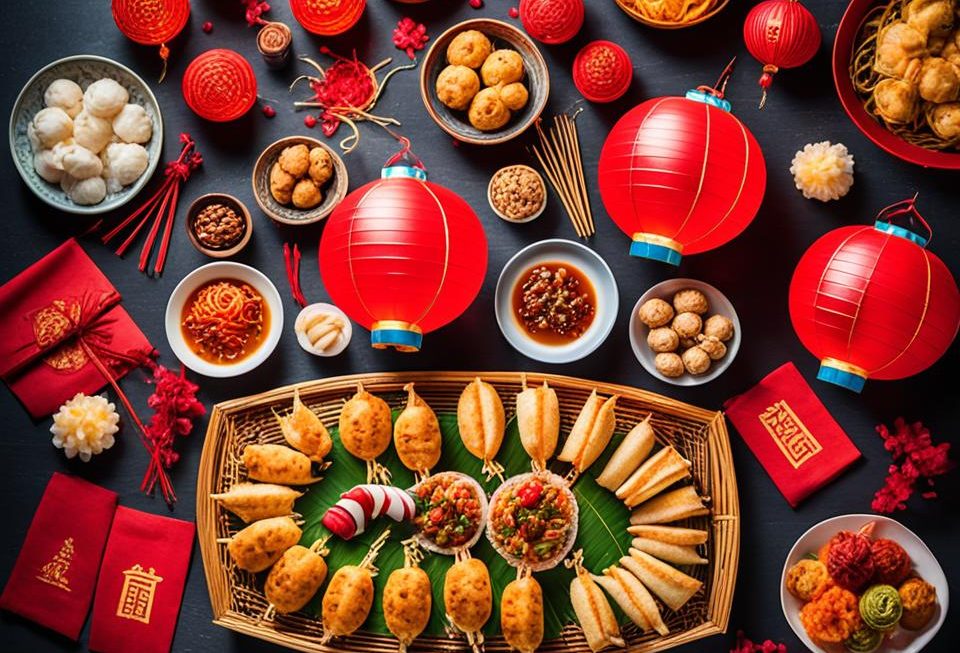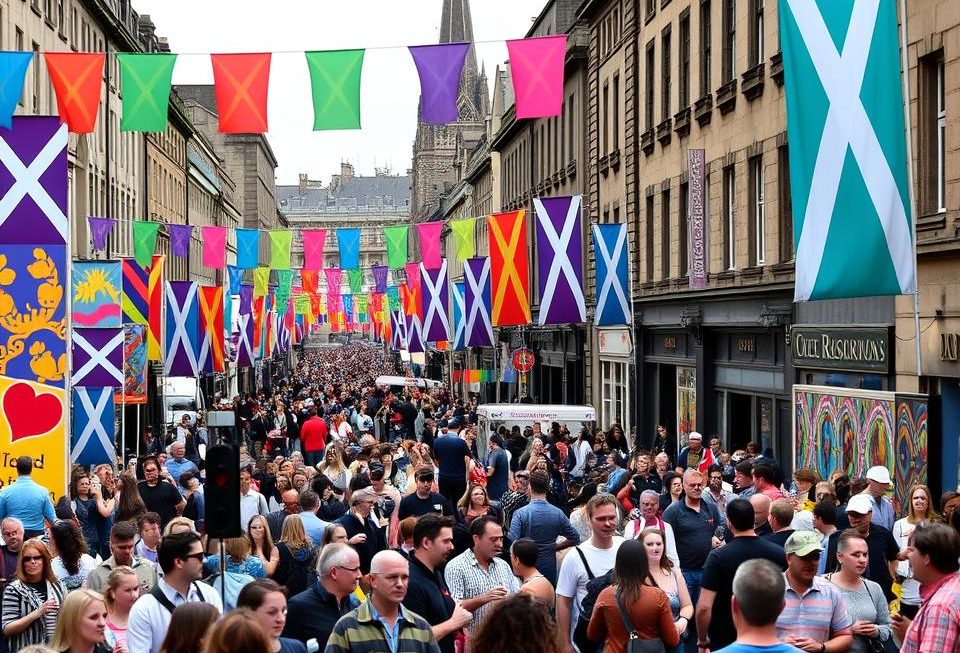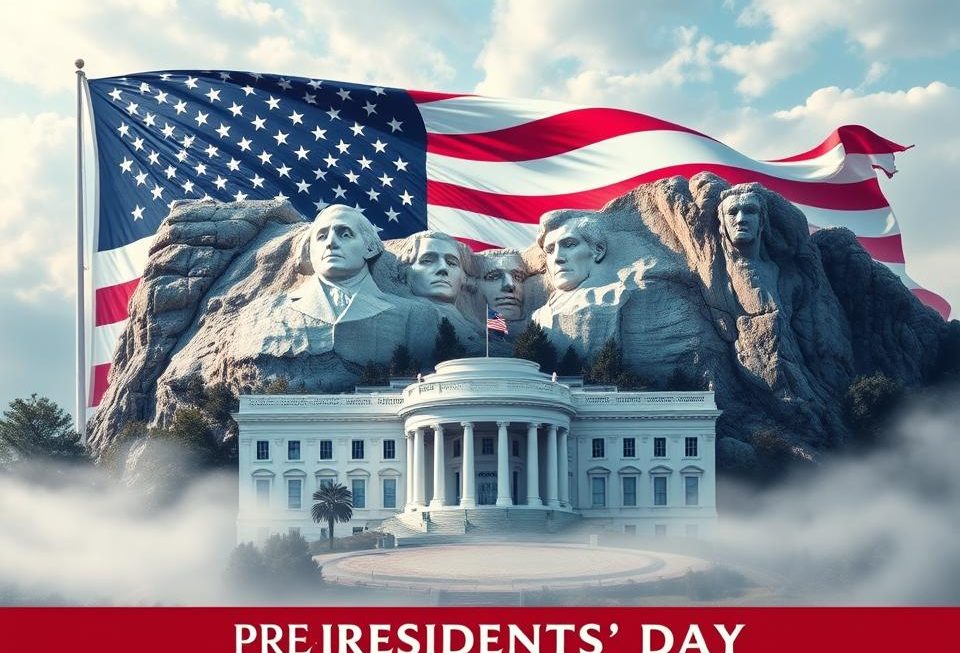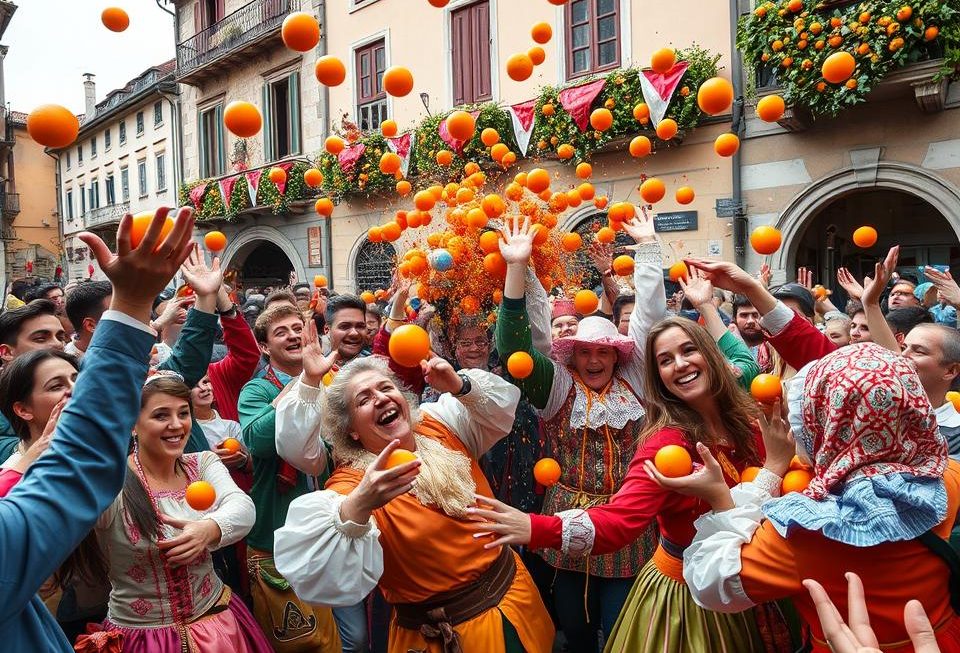The Lunar New Year, also known as Chinese New Year or Spring Festival, is a big deal for people of Chinese heritage worldwide. It marks the start of a new year on the traditional Chinese calendar. It’s filled with old traditions, customs, and symbols.
From the red envelopes to the lion and dragon dances, it’s a time of renewal and unity. People come together for family reunions and big feasts. Chinese New Year honors cultural heritage in a big way.
China is the most populous country and one of the oldest civilizations. Its culture has won the hearts of people all over the world. Chinese New Year shows off the strength and resilience of this amazing culture. It lets us see the vibrant customs and celebrations that have lasted for generations.
Read interesting things at : honjo-guruguru
Key Takeaways
- Chinese New Year is a vibrant and culturally significant event celebrated by people of Chinese heritage around the world.
- The celebration marks the beginning of a new year on the traditional Chinese calendar and is steeped in centuries-old traditions and customs.
- Chinese New Year is a time of renewal, unity, and the honoring of cultural heritage, featuring symbolic red envelopes, lion and dragon dances, family reunions, and indulgent feasts.
- China’s influential global presence has contributed to the widespread fascination with Chinese culture, making Chinese New Year a captivating annual observance.
- The enduring strength and resilience of Chinese heritage are powerfully showcased through the vibrant customs and celebrations of Chinese New Year.
What is Chinese New Year?
Chinese New Year, also known as the Lunar New Year or Spring Festival, is a big deal in the Chinese calendar. It marks the start of a new lunar year. It’s filled with ancient traditions and beliefs.
The origins and significance of Chinese New Year are linked to the lunar calendar and the Chinese zodiac.
Origins and Significance
Chinese New Year has roots in old farming and sky watching. The lunar calendar tracked the moon’s cycles for planting and harvesting. The start of a new year was a time to renew and honor gods and ancestors.
Lunar Calendar and Zodiac Animals
The Chinese lunar calendar follows the moon’s cycles, starting each new year after the winter solstice. It’s tied to the 12 zodiac animals, each ruling a year in a 12-year cycle. These animals shape the traits and luck of those born in their year.
| Zodiac Animal | Year |
|---|---|
| Rat | 2020, 2032 |
| Ox | 2021, 2033 |
| Tiger | 2022, 2034 |
| Rabbit | 2023, 2035 |
| Dragon | 2024, 2036 |
| Snake | 2025, 2037 |
The Chinese New Year is a time for family, tradition, and looking forward to a prosperous year.
Chinese New Year Traditions
Chinese New Year is filled with traditions that are key to the celebrations. These include the giving of red envelopes and the exciting lion and dragon dances. These customs are a big part of the fun.
One special tradition is the giving of red envelopes, or “hong bao.” These are red packets filled with money. They stand for good luck and wealth. People give them to kids and those who are not married as a way to share luck and blessings for the new year.
The lion and dragon dances are also a big deal. They feature performers in colorful costumes. These dances make the streets come alive with their beautiful moves and loud drums. The lion dance is meant to chase away bad spirits. The dragon dance stands for strength, power, and good luck.
- Red envelopes are given to children and unmarried individuals as a symbol of good luck and prosperity.
- Lion and dragon dances are performed to ward off evil spirits and bring good fortune.
- These traditions are deeply rooted in Chinese culture and help to create a festive atmosphere during the New Year celebrations.
| Tradition | Significance |
|---|---|
| Red Envelopes | Symbolize good luck and prosperity |
| Lion and Dragon Dances | Represent strength, power, and ward off evil spirits |
These chinese new year traditions are a big part of Chinese culture. They make the celebrations festive and full of joy. They bring good luck, fortune, and a sense of community to everyone who joins in.
Decorations and Symbolism
Chinese New Year is a time filled with vibrant decorations and symbols. These elements are key to the celebrations. They include the famous red envelopes and the stunning lion and dragon dances.
Red Envelopes and Their Meaning
The red envelope, or hong bao, is a symbol of Chinese New Year. These envelopes are filled with money and given to loved ones. The red color means good luck, and the money inside wishes the recipient wealth in the new year.
Lion and Dragon Dances
The lion dances and dragon dances are big parts of the celebration. Performers wear colorful costumes and dance with big structures. These dances are thought to bring luck and chase away bad spirits.
| Chinese New Year Decoration | Symbolic Meaning |
|---|---|
| Red Envelopes (Hong Bao) | Good luck, prosperity |
| Lion Dances | Good luck, warding off evil spirits |
| Dragon Dances | Good luck, power, strength |
The chinese new year decorations, red envelopes meaning, lion dances, and dragon dances are key to the celebrations. They add to the festive feel and make the event memorable for everyone.
Family Reunions and Gatherings
Chinese New Year is all about chinese new year family gatherings. Families look forward to this time to come together, reconnect, and welcome the new year. Getting ready for these events is a big part of the fun.
Preparing for the New Year
As the new year gets closer, families start getting ready. They clean their homes, known as “sweeping away the old year,” to start fresh. They pick out decorations in lucky colors like red and gold to fill the house with joy and luck.
- Thoroughly cleaning the home to welcome the new year
- Decorating with red and gold accents for good fortune
- Preparing traditional dishes and snacks for the reunion feast
- Purchasing new clothes and accessories for the family
- Exchanging red envelopes filled with money as a symbol of prosperity
They also make delicious dishes and snacks for the big feast. Foods like savory dumplings and sweet rice cakes are very important. Everyone looks forward to eating them.
Then, there’s the tradition of giving red envelopes, or “hong bao.” These are packets of money given to kids, single people, and the elderly. It’s a way to wish them luck and show love for the new year.
The wait for the chinese new year family gatherings is exciting. It’s a time for fun, tradition, and hope for a good new year.
Chinese New Year Festivities
The Chinese New Year celebration is a vibrant and captivating spectacle. It’s filled with dazzling festivities that grab your attention. At the center are the iconic fireworks and firecrackers that light up the night sky.
Fireworks and Firecrackers
Fireworks and firecrackers are key to the Chinese New Year festivities. They are believed to drive away evil spirits and bring in good fortune. The loud bangs and bright colors of the fireworks add to the excitement.
The tradition of lighting firecrackers goes back centuries. It was thought that the loud noises would scare away the Nian monster. Today, firecrackers are a big part of the chinese new year festivities.
The fireworks displays are a highlight of the chinese new year festivities. They amaze people with their colors and sounds. From big public shows to small backyard parties, fireworks are a big part of the celebrations in chinese communities around the world.
Traditional Chinese New Year Foods
The foods of Chinese New Year are as rich and diverse as the culture itself. They symbolize prosperity and luck. These dishes have been passed down through generations.
Iconic traditional Chinese New Year foods include dumplings, spring rolls, and sweet treats like nian gao and tangyuan. These foods are not just tasty. They also have deep meanings, making them key to the celebrations.
- Dumplings look like ancient Chinese gold or silver ingots. They symbolize wealth and prosperity.
- Spring rolls look like wealth and a fresh start. Their golden color and shape suggest rolling in good fortune.
- Nian Gao, a sticky rice cake, means a rise in status and prosperity. “Gao” in Chinese means “high” or “tall”.
- Tangyuan, glutinous rice balls, stand for family unity and togetherness. Their round shape means completeness.
These traditional dishes are not just tasty. They are deeply tied to Chinese New Year traditions. When families make and enjoy these foods, they honor their heritage. They also welcome a new era of hope and plenty.
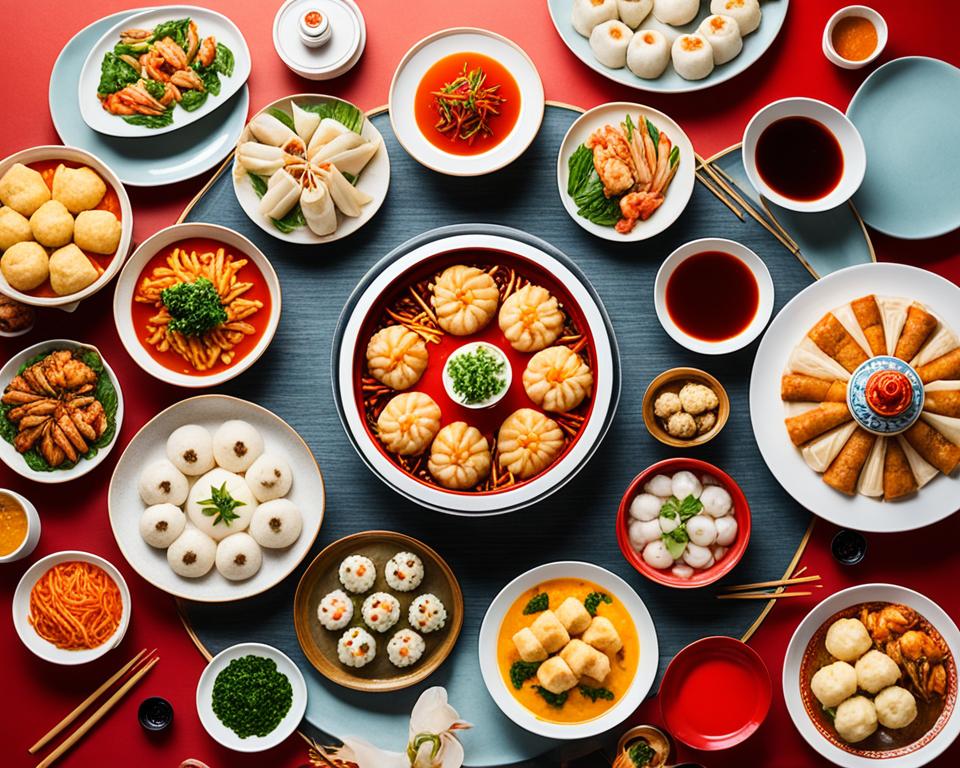
“The significance of food during Chinese New Year goes beyond the palate; it’s a testament to the enduring traditions and values that bind families and communities together.”
Chinese New Year Around the World
The Chinese New Year is a big deal in Chinese culture. But it’s also celebrated all over the world by Chinese communities and fans. From Asia to the Americas, the lunar new year celebrations show how far and wide this lively tradition reaches.
Celebrations in Different Countries
In places like Singapore, Malaysia, and Indonesia, the Chinese New Year is a big deal. You’ll see colorful parades, lion and dragon dances, and people giving red envelopes with money.
In the United States and Canada, the Chinese New Year is celebrated big time too. Cities like San Francisco, New York, and Toronto host big events. These include fireworks displays, cultural performances, and sharing traditional dishes.
| Country | Unique Celebrations |
|---|---|
| United Kingdom | Chinatown parades, traditional Chinese music performances |
| Australia | Dragon boat races, lantern festivals |
| Thailand | Incorporation of Buddhist traditions, street food markets |
Everywhere, the lunar new year celebrations bring people together. They honor tradition, celebrate diversity, and welcome renewal and prosperity. The Chinese New Year is a time for all this and more.
The Legend of the Nian Monster
The story of the nian monster is a key part of Chinese New Year traditions. This mythical creature is a symbol of good winning over evil. It’s a big part of the yearly celebrations.
Legend says the nian monster came out every year on the eve of the Lunar New Year. It would scare villages and eat people. The villagers were always scared until they found a way to stop it.
- The villagers found out the nian monster was scared of loud noises and the color red.
- They started decorating their homes with red lanterns and other bright things.
- On New Year’s Eve, they used firecrackers and drums to scare the monster away.
This plan worked, and the nian monster ran away and never came back. Since then, the Chinese New Year has kept these traditions to remember their victory over the nian monster.
Today, the story of the nian monster still inspires us. It shows the strength of community, resilience, and celebrating new starts.
The bright colors, the drums, and the fun festivals honor the deep cultural roots of the Chinese New Year. These traditions have been around for many years.
Chinese New Year in Modern Times
The world has changed a lot, and so has the Chinese New Year. Now, it’s celebrated all over the globe. This festival has changed to fit today’s world, making it popular worldwide.
Now, we see digital and tech playing a big part in Chinese New Year. People use social media to send greetings and share in the celebrations. Even when they’re far apart, they can still feel close to their loved ones.
Today, we see old traditions mixed with new ones. Cities light up with amazing displays and art that mix traditional and modern tastes. This draws people from everywhere to join in the fun.
| Traditional Celebrations | Modern Adaptations |
|---|---|
|
|
As we connect more with each other, Chinese New Year brings people together. It shows us the beauty of different cultures and traditions. This makes us appreciate the rich heritage of this festival even more.
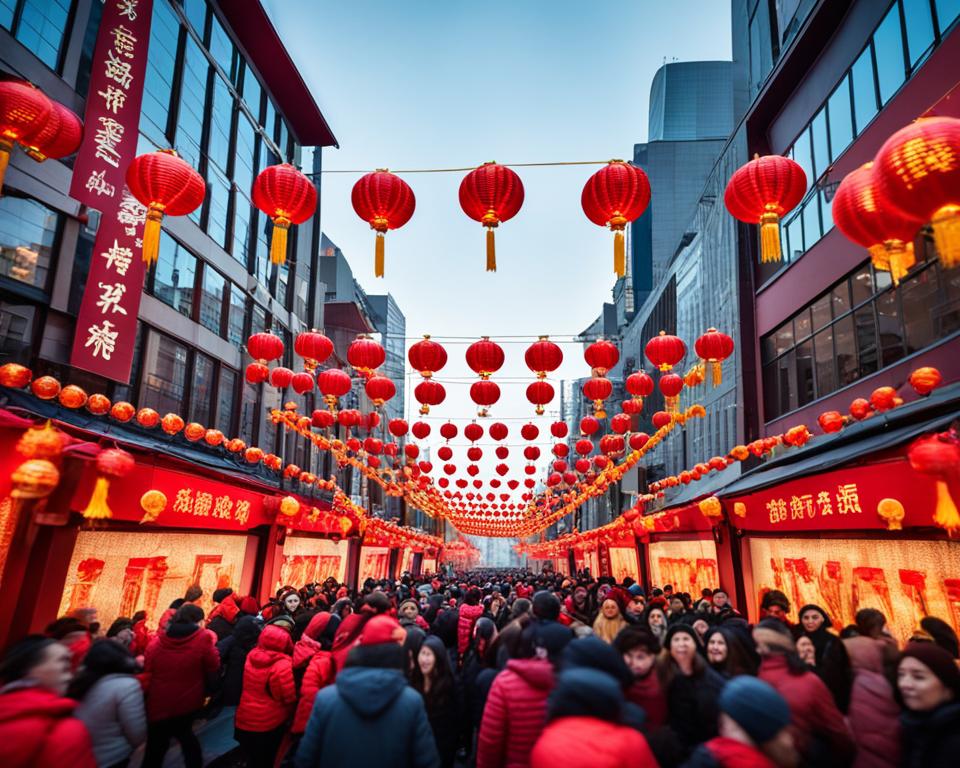
“Chinese New Year is not just a celebration of the past, but a testament to the enduring spirit of a culture that embraces change and innovation.”
Incorporating Chinese New Year Traditions
Celebrating Chinese New Year at home is a great way to connect with tradition and make memories. You don’t need Chinese heritage to join in. There are many ways to add these traditions to your celebrations.
Ways to Celebrate at Home
The red envelope, or hongbao, is a key tradition. It brings luck and wealth. Fill these envelopes with money to give to family and friends, especially kids, during your celebration.
- Decorate your home with symbolic decorations, like paper lanterns and zodiac images.
- Make a traditional Chinese New Year feast with dishes like dumplings and whole fish. Each dish has a special meaning.
- Have a family reunion dinner, a key tradition that marks the new year’s start.
- Watch the lion and dragon dances, either live or online, for a fun experience.
- Light firecrackers or sparklers to welcome the new year and chase away evil spirits.
By adding these traditions, you can have a real Chinese New Year celebration at home. It’s a great way to appreciate the culture more deeply.
Chinese New Year
Chinese New Year, also known as Lunar New Year or Spring Festival, is a big deal for people of Chinese descent around the world. It’s a time to welcome a new lunar year and celebrate with family and friends. This tradition is filled with renewal, family time, and lots of fun.
The festivities are full of traditions, symbols, and customs that have been around for a long time. You’ll see lots of red decorations and red envelopes, and watch lion and dragon dances. Each part of the celebration has a special meaning in Chinese culture.
Getting ready for the Lunar New Year is a big deal. Families clean their homes, cook special dishes, and plan for the celebrations. The Spring Festival ends with a big family dinner on New Year’s Eve. Everyone comes together for a big feast to welcome the new year.
During the Chinese New Year, the streets are alive with celebrations. You’ll hear fireworks and see lion and dragon dances everywhere. It’s a time of energy and joy.
The lunar new year is celebrated by Chinese communities all over the world. Each place has its own way of celebrating, but they all share the spirit of the Spring Festival. It brings people together, showing the importance of their shared culture and traditions.
“The Chinese New Year is a time to reflect on the past, celebrate the present, and look forward to the future with renewed hope and optimism.”
| Key Traditions | Symbolic Meaning |
|---|---|
| Red Envelopes | Represent good luck and prosperity |
| Lion and Dragon Dances | Symbolize strength, power, and the driving away of evil spirits |
| Fireworks and Firecrackers | Believed to ward off bad luck and bring good fortune |
| Family Reunion Dinner | Signifies unity, togetherness, and the start of a new year |
Conclusion
Chinese New Year is a lively celebration filled with traditions and cultural heritage. It shows us the lasting and changing ways of the Chinese people. The act of exchanging red envelopes and watching lion dances is important. These traditions show the cultural heritage that is kept alive through generations.
Today, Chinese New Year connects people all over the world. It’s a way to keep and share this precious cultural heritage. Whether in Beijing’s busy streets or in global Chinatowns, the significance of Chinese New Year brings people together. It shows the beauty of Chinese culture.
By keeping these traditions alive, Chinese New Year reminds us of the strong bonds between cultures and communities. Celebrating this event helps us understand the world better. It shows how tradition can bring us closer and help us see things from different perspectives.
